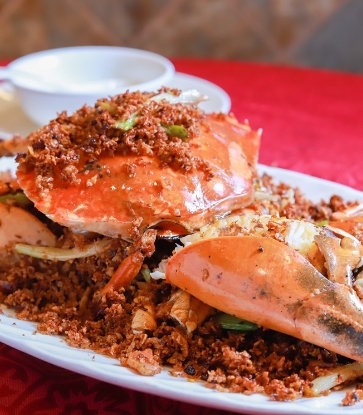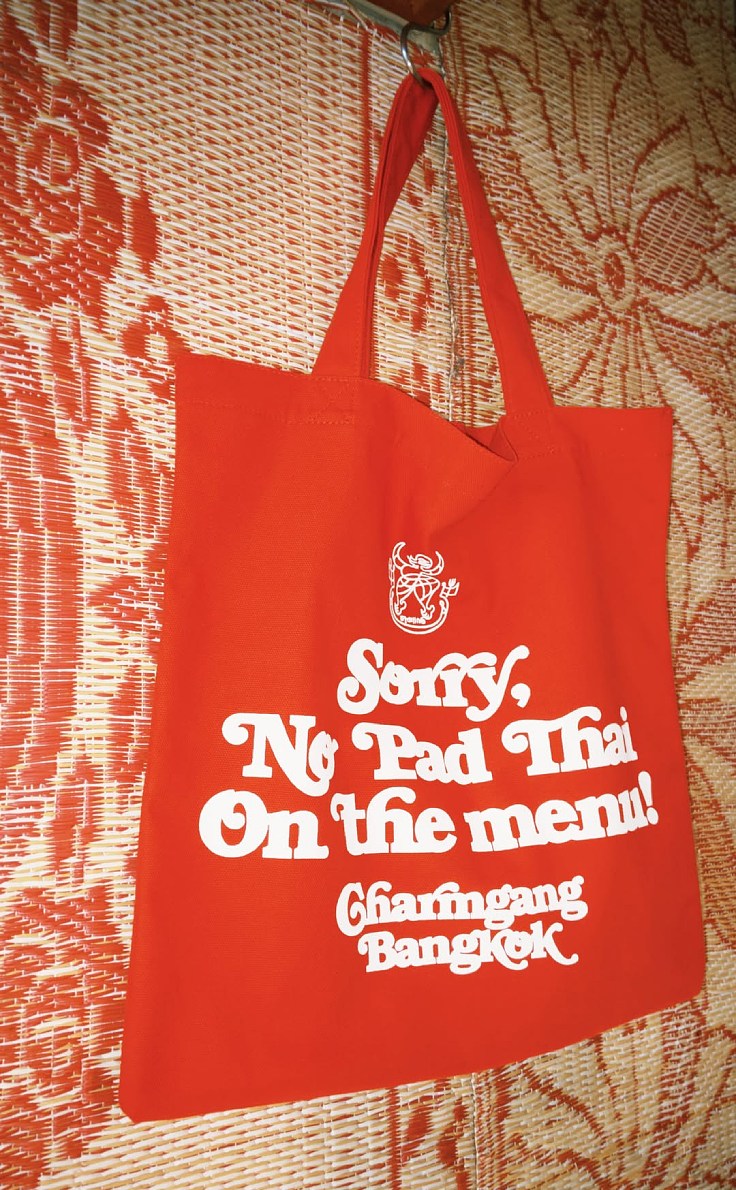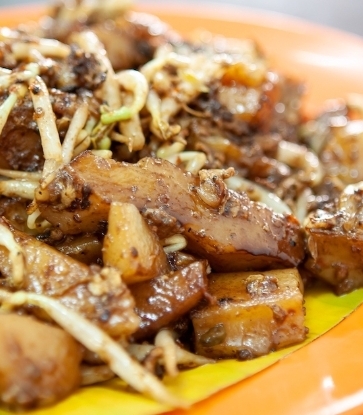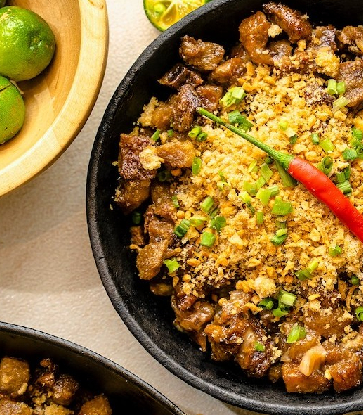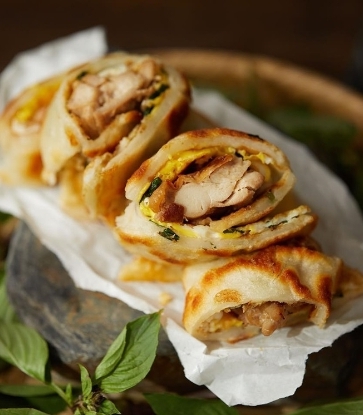What is Taiwan's most prominent impression on the international stage? It could be its pivotal high-tech industry, the stunning natural landscapes where mountains meet the sea, or the warm and unique hospitality of its people.
Yet, one aspect that cannot be missed is Taiwan's unique culinary experience.
It's not just the charming street food or the alluring night markets that draw visitors back again and again. From ingredients to culinary concepts, Taiwan boasts world-leading and unique food trends and cultures.

Taking Universal Culinary Concepts to New Heights
Braising ("lu" in Chinese) is a prime example. While braising may be a universal cooking technique, Taiwan has truly mastered it—whether hot or cold braising, from vegetables and various meats to offal, almost any ingredient can be braised in Taiwan. The herbs and spices in the braising mix vary from household to household, with each having its unique flavor and secret recipe.This meticulous pursuit of braising has led to globally renowned Taiwanese dishes, including braised pork rice, beef noodles, and braised pork trotters, each a must-try delicacy in Taiwan.

Another interesting example is "Q." No one knows exactly when this term began to be used in Taiwan to describe this unique chewy mouthfeel, yet it has become a key term frequently used in various cuisines.
"Q" is similar to "al dente" in Italian or "mochi mochi" in Japanese, representing a chewy, bouncy, and elastic texture. This term vividly captures the mouthfeel of fish balls, noodles, tangyuan (glutinous rice balls), bubble tea, and more, clearly demonstrating the essence of many Taiwanese delicacies and the Taiwanese pursuit of texture.
RELATED: Video: A Journey through the Culinary Culture: Discovery Trip in Taiwan of Chef Duo from MICHELIN Restaurants: Q

Another perfect example is vegetarian-friendly cuisine. Plant-based or vegetarian dishes are becoming trendy everywhere, but probably even not all local Taiwanese realize that Taiwan is actually a paradise for vegetarians. With an estimated 13% of the population following a vegetarian or plant-based diet, Taiwan boasts a diverse and innovative culinary scene. From innovative cuisine and street food to Taiwanese dishes, industry talents are dedicating their time and efforts to various creations.
RELATED: What is a MICHELIN Green Star?

World-Class Ingredients and Dishes That Attract Chefs from Around the Globe
Taiwan is renowned not only for its cutting-edge culinary concepts but also for its unique, world-class ingredients.The island’s distinctive climate and terroir, combined with meticulous agricultural techniques, yield a wealth of produce from both land and sea. This bounty has long been a source of inspiration for chefs, both local and international. Among these ingredients, some are unique only to Taiwan—one standout example being the aiyu jelly.
The small wasp, which has a symbiotic relationship with the aiyu fig plant, can only survive in Taiwan, making the island the exclusive producer of this chewy and delightful delicacy. Its distinctive texture and versatility have captivated many chefs, including Zaiyu Hasegawa of Tokyo’s two-MICHELIN-Starred and Green Star restaurant Den. Hasegawa has not only crafted multiple aiyu jelly dishes in Taiwan but also brought aiyu jelly back to Japan, where it has dazzled Japanese diners as well.
RELATED: Aiyu Jelly: Taiwan’s World-class Ingredient of Limitless Possibilities

When it comes to what impresses foreign tourists visiting Taiwan, besides the diverse street food, "Three-cup" dishes are certainly among them.
The savory and aromatic Three-cup Chicken makes a lasting impression on those who try it, and it's also commonly found in Taiwanese restaurants abroad. This classic Taiwanese dish, characterized by its blend of rice wine, soy sauce, and sesame oil, has become a distinctive flavour profile in Taiwan. Whether it’s king oyster mushrooms, cuttlefish, pork loin, chicken, or abalone, Taiwan can prepare a "Three-cup" version of almost anything.
Creating a perfect Three-cup dish, however, demands extensive culinary expertise. The Shin Yeh Restaurant Group, which operates the one-MICHELIN-starred Shin Yeh Taiwanese Signature, Bib Gourmand establishment Shin Yeh Shiao Ju, and Shin Yeh Taiwanese Cuisine, has conducted in-depth research on twelve different flavor profiles of Taiwan and "Three Cups" is one of the significant one. They found that even with the same flavour combination, different ingredients require unique cooking techniques: chicken needs to be braised to fully absorb the flavours, while cuttlefish benefits from quick stir-frying. The cooking time, heat control, and use of rice wine vary according to the ingredient and method.
RELATED: The Many Lives of Three Cup Chicken, a Taiwanese Classic
The "Three-cup" flavour profile has also inspired many chefs from MICHELIN-listed restaurants to create their own interpretations, making it another hallmark of Taiwanese cuisine.
RELATED: The Evolving Flavor of Taiwan’s Cuisine Through the Eyes of 4 MICHELIN-Starred Restaurant Chefs






